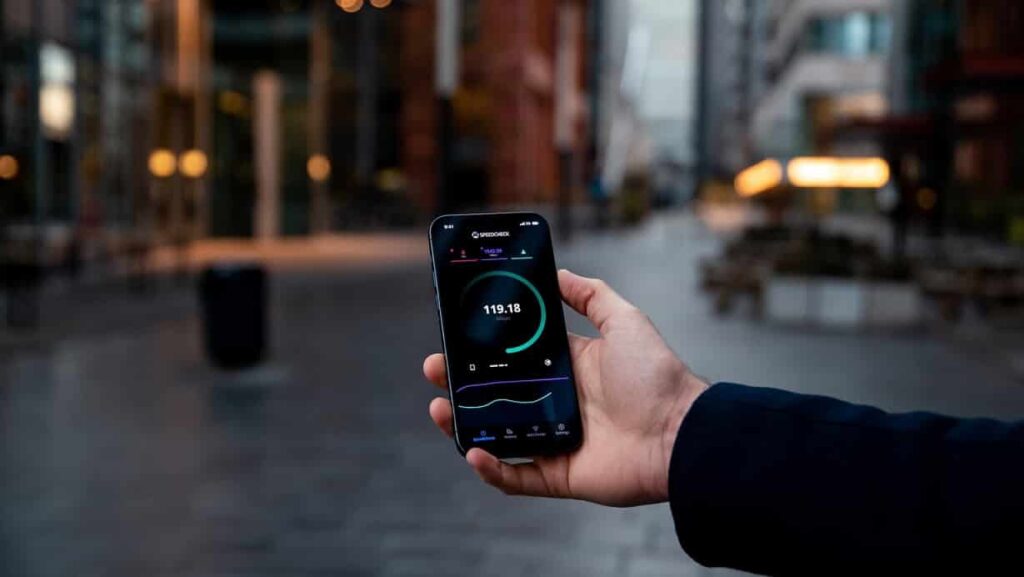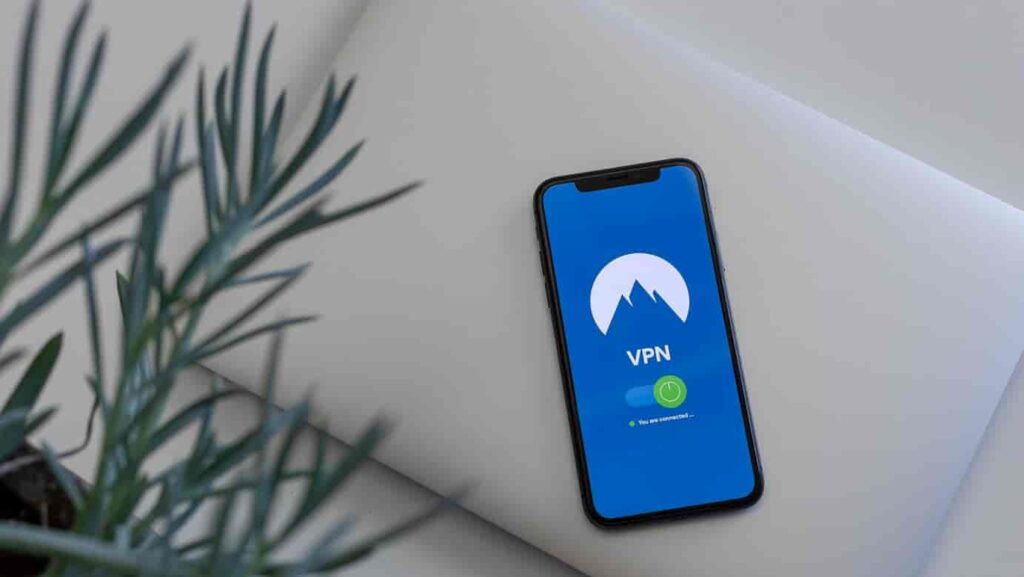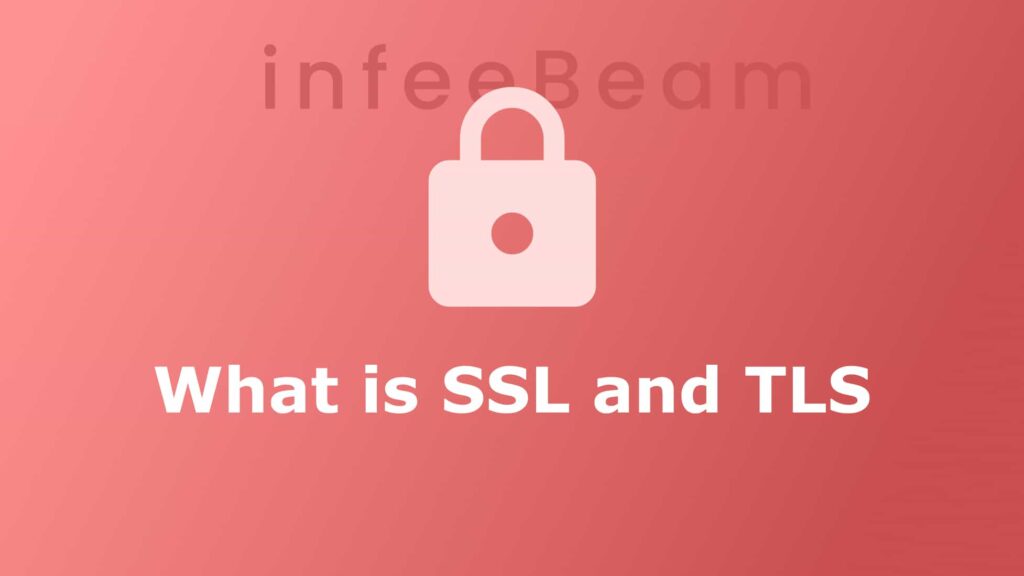In recent years, the Internet of Things (IoT) has become a hot topic, promising to revolutionize the way we live, work, and interact with our surroundings. IoT devices are critical components of the IoT ecosystem because they allow for the gathering, processing, and analysis of data that may generate insights, optimise operations, and improve user experiences. In this post, we will look at what IoT devices are and what is IoT device management. How they operate, and how they may be used in various sectors. We will also look at the problems and possibilities presented by IoT devices, as well as the future of this technology.
What is IoT Device?
An IoT device is a physical object or system that can gather and share data with other devices or systems over the internet. Sensors, actuators, smart appliances, wearables, and industrial equipment are just a few examples of IoT devices Management.
IoT devices typically include one or more sensors that gather and communicate data such as temperature, humidity, pressure, or motion and transmit the data to a cloud platform or other devices for analysis and processing. Actuators in IoT devices can receive orders or instructions and take action based on the data or commands received. A smart thermostat, for example, may gather temperature data and modify temperature settings based on user preferences or other criteria.
IoT devices may have embedded software that enables them to connect with other devices or systems, exchange data and perform various functions. IoT devices communicates with each other using protocols like Bluetooth, Wi-Fi or cellular networks, depending on the requirements and constraints of the application.
What is IoT Device Management?
The Internet of Things (IoT) is a network of physical things or gadgets linked to the Internet and capable of communicating with one another.
The process of deploying, monitoring, and managing these devices during their lifespan is referred to as IoT device management. This comprises duties such as device configuration, firmware updates, and problem diagnosis and resolution. Effective device management is critical for guaranteeing IoT system stability, security, and performance.
IoT device management platforms provide a centralized way to manage and control large numbers of devices. These platforms typically include features such as:
- Device provisioning: The process of setting up new devices and configuring them with the necessary settings and credentials.
- Device monitoring: The ability to track the status and performance of devices in real-time, including information such as battery levels, connectivity, and location.
- Over-the-air (OTA) updates: The ability to remotely update device firmware and software to fix bugs, add features, or patch security vulnerabilities.
- Security: The ability to authenticate devices, encrypt data, and detect and respond to security threats.
- Analytics: The ability to collect and analyze data from devices to gain insights and optimize performance.
The management of IoT devices is crucial to the success of IoT installations. IoT systems may become unreliable, insecure, and expensive to maintain if device management is not successful. Device management systems enable organisations to focus on providing value via their IoT solutions by simplifying and automating many of the jobs associated in maintaining large numbers of devices.
Applications of IoT
IoT has transformed the way we live and work, that allows us to connect and communicate with an ever-growing number of devices. From smart homes and wearables to industrial systems and transportation networks, IoT has a wide range of applications that are revolutionizing various industries. Here are some of the most popular applications of IoT:
Smart Homes: The Internet of Things has allowed the development of smart homes, in which components such as thermostats, lights, and security systems may be controlled remotely via smartphones or voice assistants. This has resulted in increased energy efficiency, convenience, and security
Wearables: With the introduction of wearables that can monitor vital signs, measure physical activity, and deliver personalised health insights, IoT has changed the healthcare business. Wearables such as smartwatches and fitness trackers have grown in popularity.
Industrial systems: The Internet of Things has enabled the development of smart factories and industrial systems, in which sensors and gadgets may be used to monitor and control operations, enhance efficiency, and minimise downtime.
Transportation networks: IoT has transformed transportation with the development of connected cars, smart traffic management systems, and real-time vehicle tracking. This has improved safety, efficiency, and environmental sustainability.
Agriculture: The emergence of smart farming systems that employ sensors, drones, and analytics to optimise crop yields, minimise waste, and increase sustainability has revolutionized the agriculture business.

Advantages and Disadvantages of IoT
IoT has changed the way we live and work, bringing with it an infinite number of advantages and possibilities. However, IoT, like any other technology, has downsides and limitations. Here are some of the benefits and drawbacks of IoT:
Advantages of IoT:
- Improved efficiency: IoT can optimize processes and systems, improving efficiency, reducing costs, and increasing productivity.
- Convenience: IoT can enable remote control of devices and systems, providing convenience and accessibility.
- Enhanced safety: IoT can enhance safety in various industries, such as transportation, healthcare, and manufacturing, by providing real-time monitoring and alerts.
- Improved decision-making: IoT can provide valuable insights and analytics that can improve decision-making and optimize performance.
- Enhanced sustainability: IoT can reduce waste, improve energy efficiency, and promote environmental sustainability.
- Personalized experiences: IoT can provide personalized experiences to customers and users, improving satisfaction and loyalty.
Disadvantages of IoT:
- Security concerns: IoT devices and systems can be vulnerable to cyber attacks, which can compromise sensitive data and systems.
- Privacy concerns: IoT devices and systems can collect vast amounts of data, raising concerns about privacy and data protection.
- Complexity: IoT systems can be complex, requiring specialized knowledge and skills to develop, implement, and manage.
- Cost: IoT systems can be expensive to develop and implement, requiring significant investments in hardware, software, and infrastructure.
- Compatibility issues: IoT devices and systems may not be compatible with existing systems, requiring additional investments in integration and compatibility.
- Reliability: IoT systems can be prone to failures and downtime, which can result in disruptions and losses.
Conclusion:
In conclusion, IoT device management is the process of managing and controlling IoT devices throughout their lifecycle. It is required to ensure the dependability, security, and performance of IoT systems. IoT device management solutions provide a centralised approach to managing large numbers of devices and simplify various device management processes.
As the number of IoT devices grows, efficient device management will become even more critical to the success of IoT implementations.


